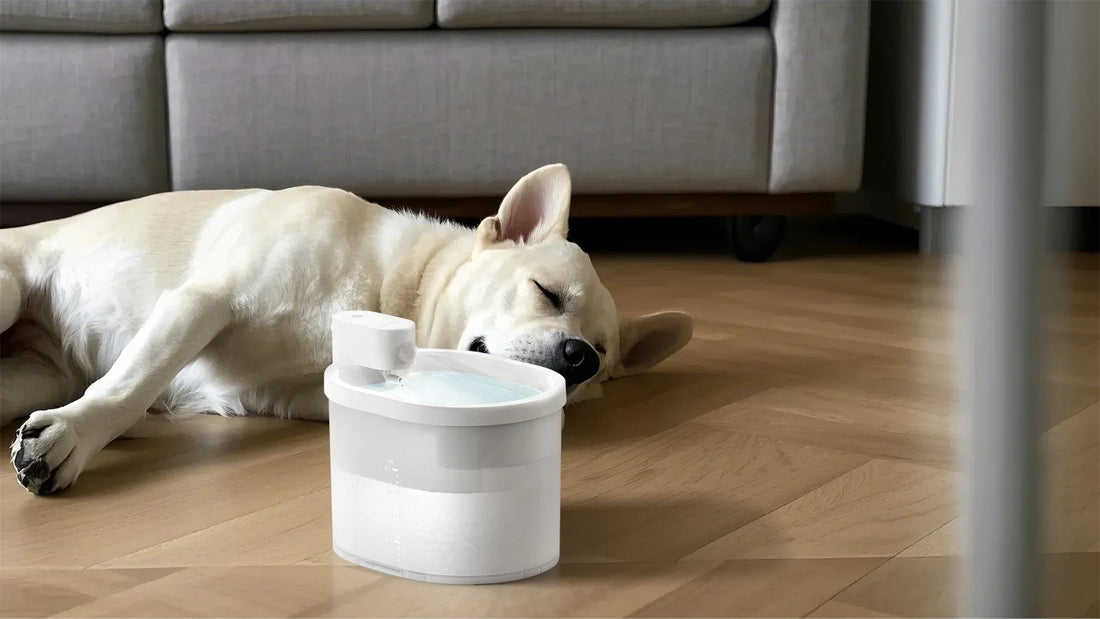Keeping your dog's ears clean is an essential part of their overall health and well-being. While there are many commercial products available, homemade solutions can be just as effective, if not more so. In this article, we'll explore the best homemade dog ear cleaning solutions that are safe, easy to make, and gentle on your pet's ears.
Why Clean Your Dog's Ears?
Regular ear cleaning is crucial for preventing infections, removing wax buildup, and ensuring your dog's ears remain healthy. Dogs with floppy ears or those that swim frequently are particularly prone to ear issues. Cleaning their ears regularly can help prevent these problems.
Ingredients for Homemade Dog Ear Cleaning Solutions
When making a homemade ear cleaning solution, it's important to use ingredients that are safe and non-irritating. Here are some common ingredients you can use:
- Apple Cider Vinegar
- Distilled Water
- Hydrogen Peroxide
- Witch Hazel
- Coconut Oil
Apple Cider Vinegar and Water Solution
One of the most popular homemade ear cleaning solutions is a mixture of apple cider vinegar and distilled water. Apple cider vinegar has natural antibacterial and antifungal properties, making it an excellent choice for cleaning your dog's ears.
To make this solution, mix equal parts of apple cider vinegar and distilled water. Use a clean dropper or cotton ball to apply the solution to your dog's ears. Gently massage the base of the ear to help the solution reach deeper into the ear canal. Wipe away any excess solution with a clean cloth.
Hydrogen Peroxide and Water Solution
Hydrogen peroxide is another effective ingredient for cleaning your dog's ears. It helps to break down wax and debris, making it easier to remove. However, it's important to dilute hydrogen peroxide with water to avoid irritation.
Mix one part hydrogen peroxide with two parts distilled water. Apply the solution to your dog's ears using a dropper or cotton ball. Gently massage the base of the ear and wipe away any excess solution.
Witch Hazel Solution
Witch hazel is a natural astringent that can help reduce inflammation and clean your dog's ears. It's gentle and safe for most dogs, making it a great option for regular ear cleaning.
To make a witch hazel solution, mix equal parts of witch hazel and distilled water. Apply the solution to your dog's ears using a dropper or cotton ball. Gently massage the base of the ear and wipe away any excess solution.
Coconut Oil Solution
Coconut oil is known for its antibacterial and antifungal properties, making it an excellent choice for cleaning your dog's ears. It also helps to moisturize and soothe the skin inside the ear.
To use coconut oil, warm a small amount until it becomes liquid. Use a dropper or cotton ball to apply the oil to your dog's ears. Gently massage the base of the ear and wipe away any excess oil.
Tips for Cleaning Your Dog's Ears
Here are some tips to keep in mind when cleaning your dog's ears:
- Always use a gentle touch to avoid causing discomfort or injury.
- Never insert anything deep into your dog's ear canal.
- If your dog shows signs of pain or discomfort, stop immediately and consult your veterinarian.
- Clean your dog's ears regularly, but avoid over-cleaning as it can lead to irritation.
When to Consult a Veterinarian
While homemade ear cleaning solutions are generally safe, there are times when you should consult a veterinarian. If your dog has a severe ear infection, excessive wax buildup, or shows signs of pain, it's best to seek professional advice. Your veterinarian can provide the appropriate treatment and ensure your dog's ears remain healthy.
Keeping your dog's ears clean doesn't have to be a daunting task. With the right homemade solutions and a gentle approach, you can ensure your dog's ears remain healthy and free from infections. Try these methods today and see the difference they can make for your furry friend!













